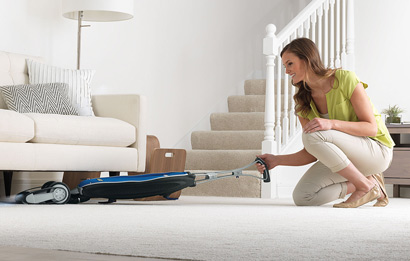Protective electrical cabins play a crucial role in safeguarding sensitive electrical equipment in harsh industrial environments. These cabins are designed to provide a safe, controlled space for electrical systems, ensuring that they operate efficiently and reliably while being shielded from external threats such as extreme weather, dust, moisture, and corrosive substances. Harsh industrial environments often present numerous challenges, including temperature fluctuations, vibrations, and the presence of harmful gases, which can cause significant wear and tear on electrical systems. Protective cabins address these challenges by offering both physical and environmental protection to the equipment housed within them. One of the primary functions of these cabins is to provide a barrier between electrical components and the potentially damaging elements of the industrial setting. In many industries, electrical systems are exposed to harsh conditions like high humidity, chemical exposure, or extreme temperatures. Without adequate protection, electrical components could corrode, overheat, or short-circuit, leading to system failures, safety hazards, and costly downtime.
A protective cabin is equipped with materials and features that help to mitigate these risks. For example, they may be built with weather-resistant or corrosion-resistant materials to ensure durability in environments where other structures might degrade over time. In addition to physical protection, these cabins are often designed to regulate the internal temperature, humidity, and air quality. Many industrial environments involve high levels of heat, which can adversely affect the performance and lifespan of electrical equipment. By incorporating climate control systems such as ventilation, air conditioning, or heating, protective cabins help maintain a stable environment for electrical equipment. This is particularly important in preventing overheating, which can lead to equipment failure or even fire hazards. Similarly, moisture levels inside the cabin can be controlled to prevent condensation, which can lead to rust or short circuits. Security is another vital aspect of protective electrical cabins. In industrial settings, electrical equipment is often valuable and can be a target for theft or vandalism.
Therefore, the schema cabina elettrica mt bt are frequently designed with secure locks and access controls to restrict unauthorized entry. This not only helps protect the equipment but also ensures the safety of workers who may be exposed to live electrical components. Additionally, cabins may include fire suppression systems, smoke detectors, and other safety measures to minimize the risk of accidents. In areas where space is limited, modular cabins that can be easily expanded or reconfigured may be the preferred choice. These cabins can be customized to fit the particular requirements of the electrical systems they are meant to house, ensuring that all necessary components are protected without unnecessary bulk. Furthermore, the design may incorporate advanced features such as insulation, vibration dampening, and noise reduction to enhance the working conditions within the cabin and prevent any interference with the operation of the equipment. In summary, protective electrical cabins are an essential investment for industries where electrical systems are exposed to harsh conditions.





